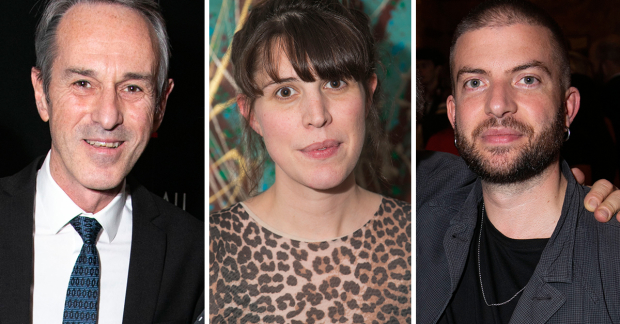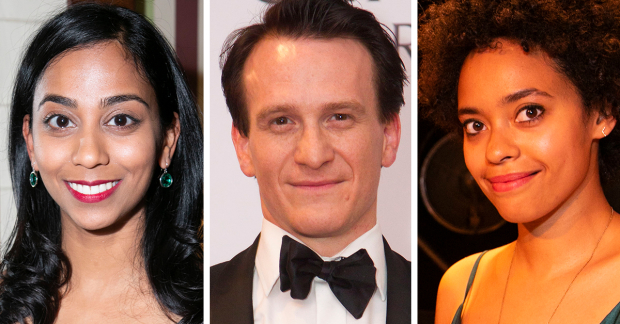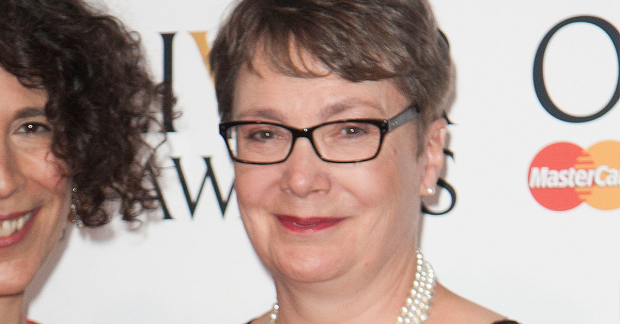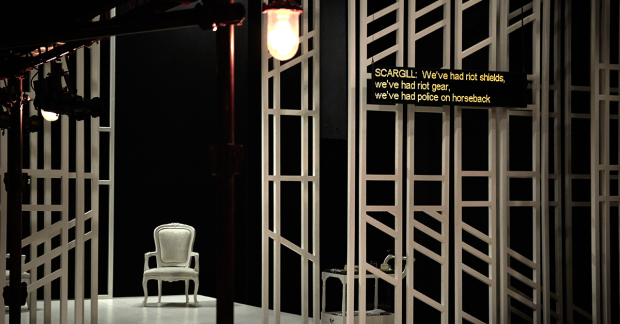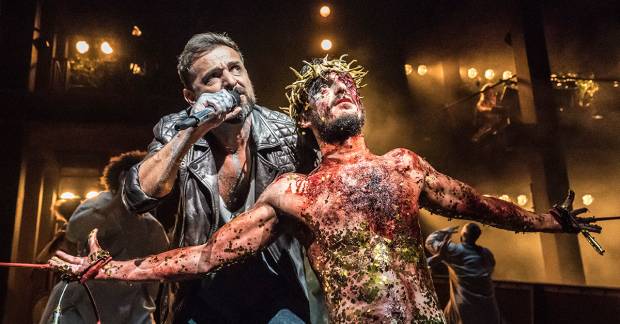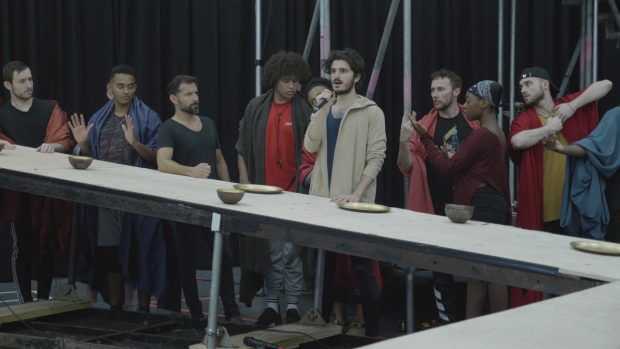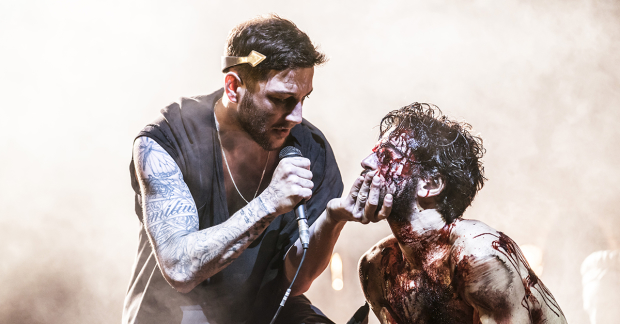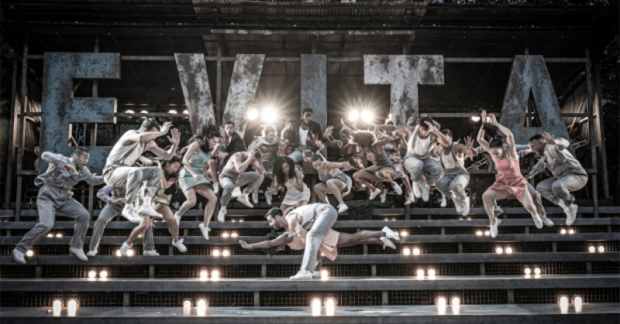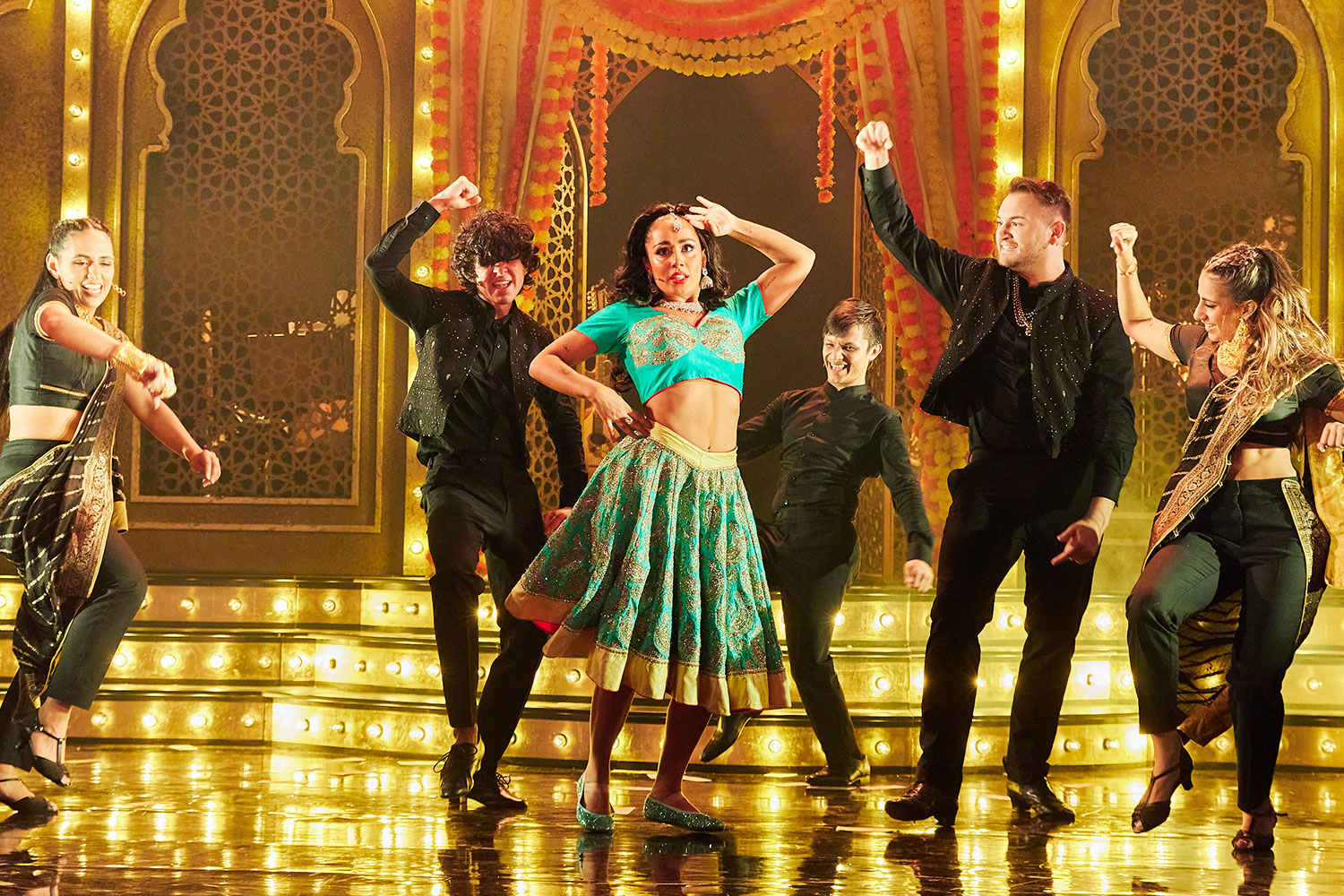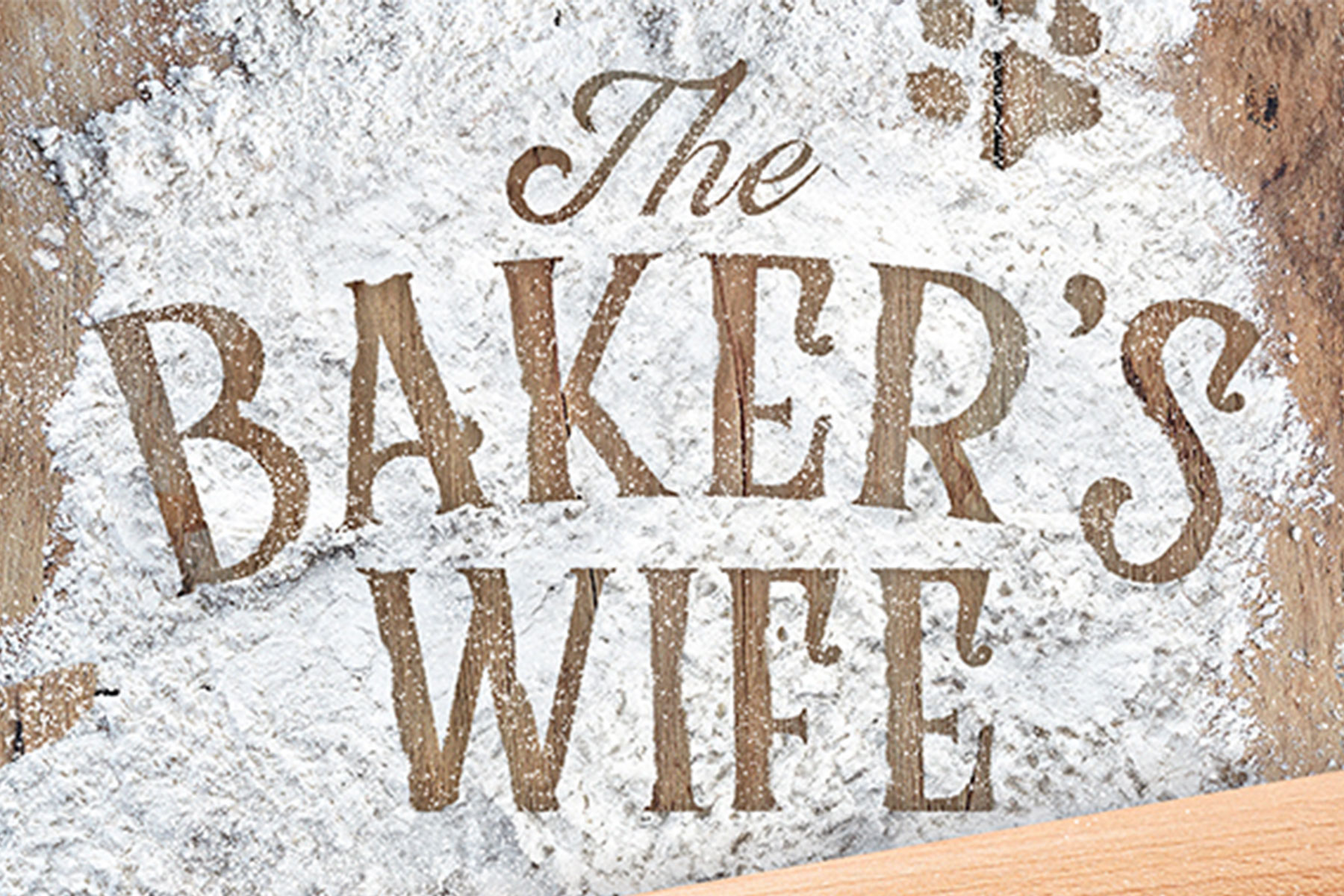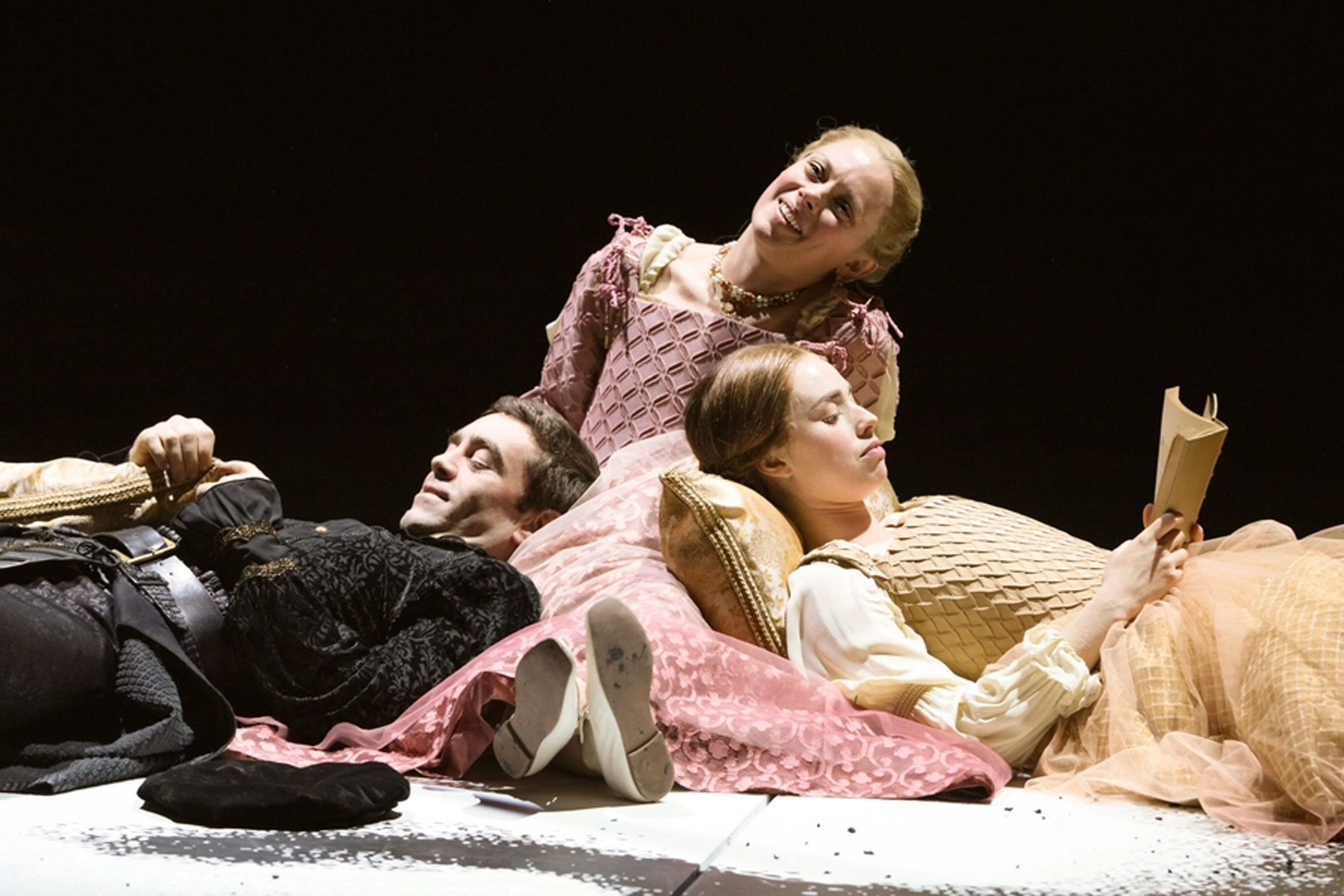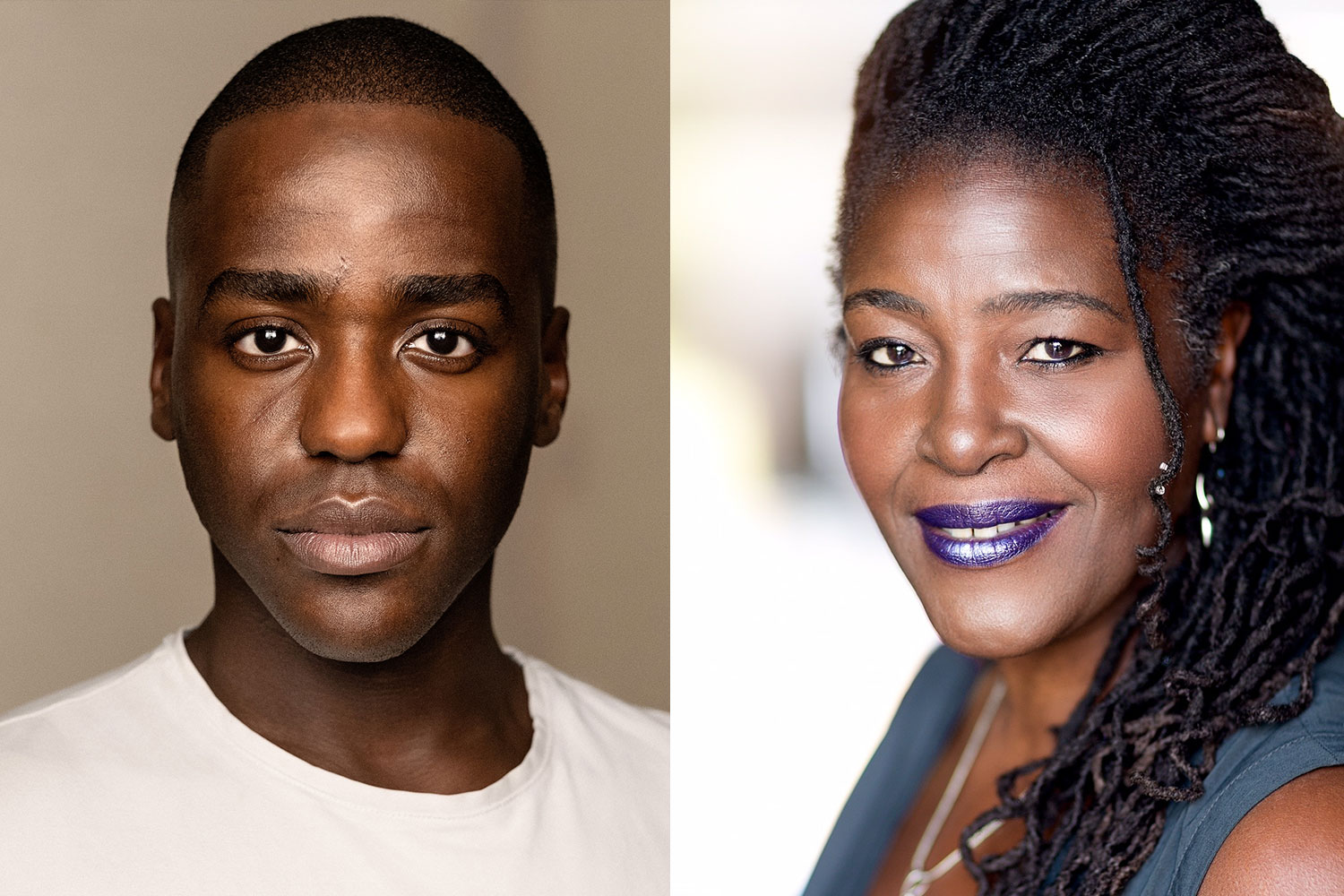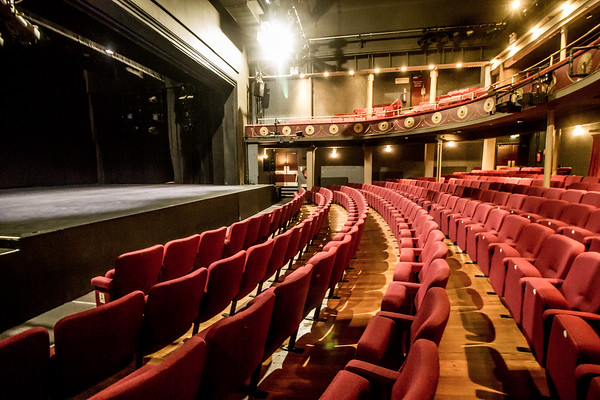Review: Nosedive (Barbican Centre)
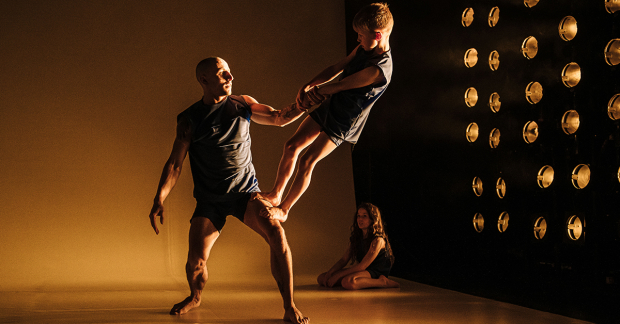
© Brian Hartley
The irony of Nosedive – a word that indicates plummeting inevitably towards the earth at breakneck speed – is that it feels escapist. JD Broussé starts the show on stage, face down and trying desperately to break away from gravity – the ultimate restraint. With the help of Nikki Rummer and Michelle Ross, his attempts to achieve the impossible remain optimistic and playful. Nosedive is certainly full of hope and fun.
It's also a production with a youthful energy, not least because two of the cast members – Albie Gaizely-Gardiner and Lachlan Payne – are children themselves. In this physical theatre-cum-circus piece, they appear whenever the action begins to stray towards being too sombre or serious. As a collective, the five-strong group inquisitively explore their surroundings – a blank canvas of a set with a light wall at one end – and test their skills, striving to improve and better themselves. Ellie Dubois' and Pete Lannon's concept is learning through play, the adults teaching the next generation more and more difficult circus tricks without it ever feeling like a lesson.
Such a relaxed and exuberant atmosphere makes each scene feel familial, a heart-warming and joyous watch. Rummer and Broussé are long-time collaborators – last seen at the Edinburgh Festival Fringe with their two-hander, Knot – and their established chemistry in parental roles is evident. Each acrobatic sequence is delivered with a fluid nonchalance, made to look easy by how comfortable the performers are in each other's company. The duo enact is a series of accomplished, vivid and colourful movements as they tumble across the otherwise blank, stark canvas set.
This mature relationship beautifully contrasts the raw, youthful energy emanating from Gaizely-Gardiner and Payne. Together, the five performers are a family unit, at times animalistic in their physicality as they slide and stomp across the stage. Each period of freneticism is complemented by a comfortable silence – the quintet stands side by side, completely at ease in each other's company before two or three of them break away to play some more, testing boundaries and experimenting with each interaction. All the while, Michaella Fee's programmed light wall slowly and calmly pulsates at the side of the stage, the heartbeat of the show that brightens and dims in time with the atmosphere.
There are points in Nosedive where the narrative is muddied, the overall storyline lost in each individual scene. Educational play becomes a philosophical question and answer session, "What's going to happen?" an innocently asked sucker punch that is not so easily answered. The remainder of the show leaves its audience more puzzled than inquisitive.
For a largely non-verbal, physical theatre piece, the production has a lot to say. And despite its intricate messaging, it still has a hopeful, light-hearted atmosphere. The company enjoy the thrill of the ride without worrying about the ending.



